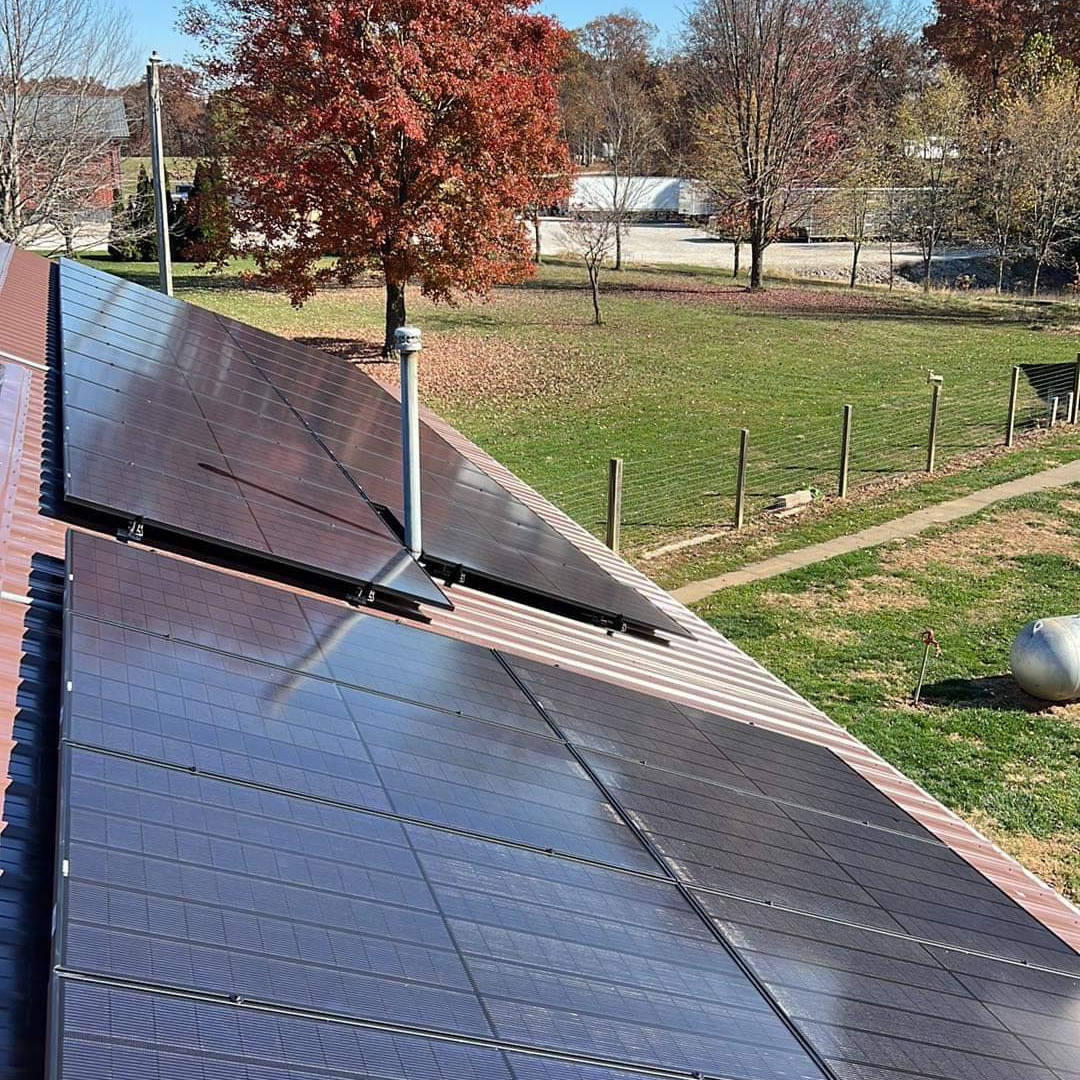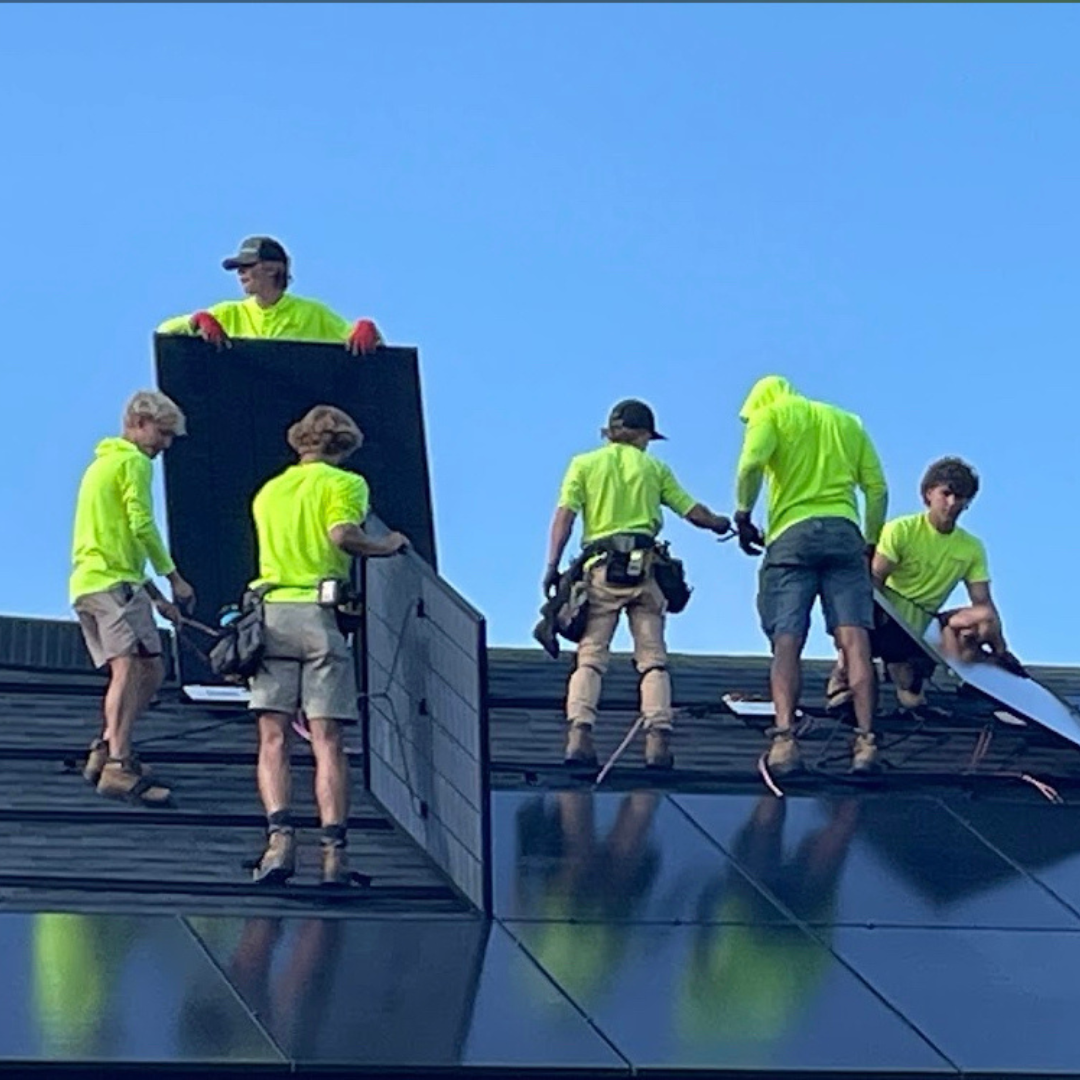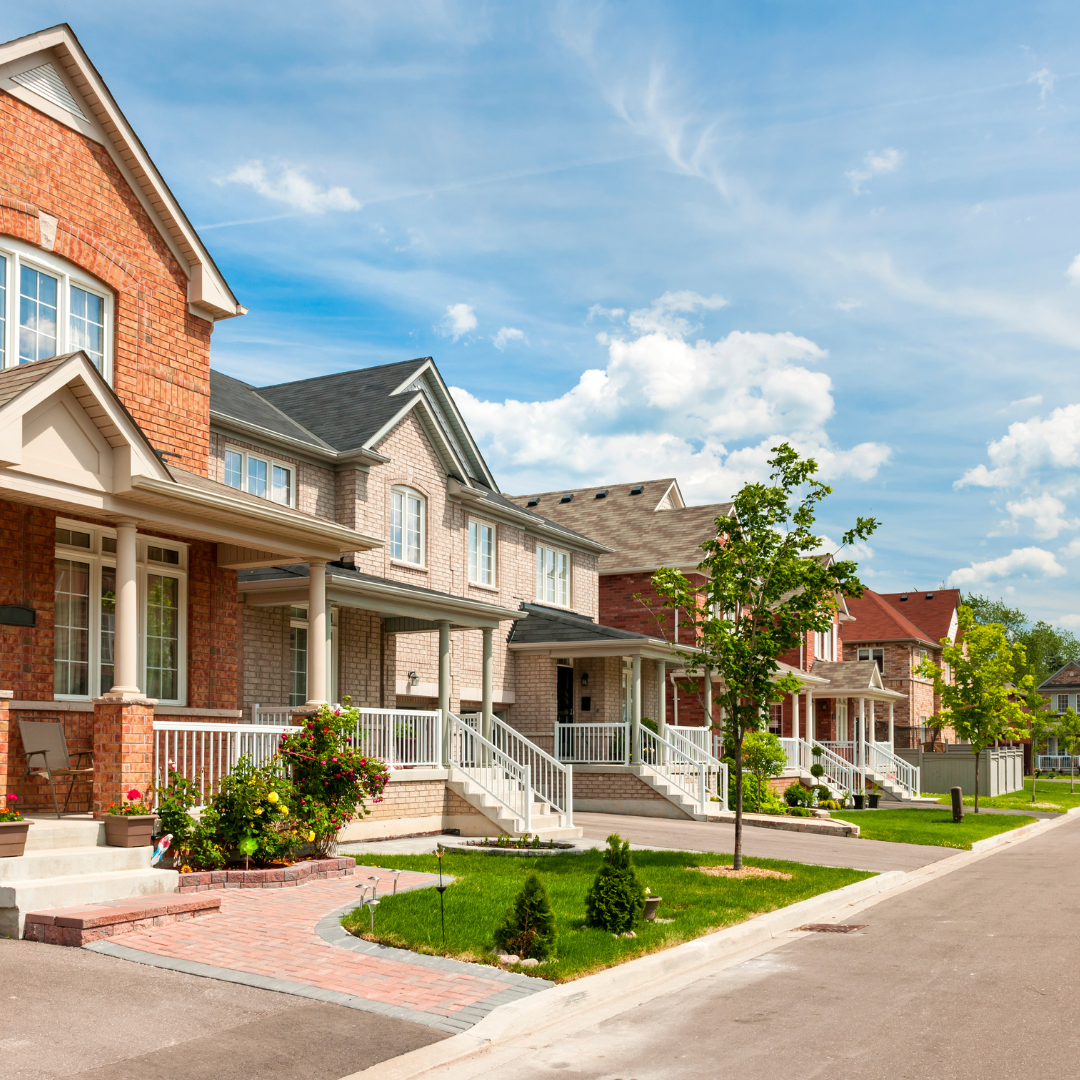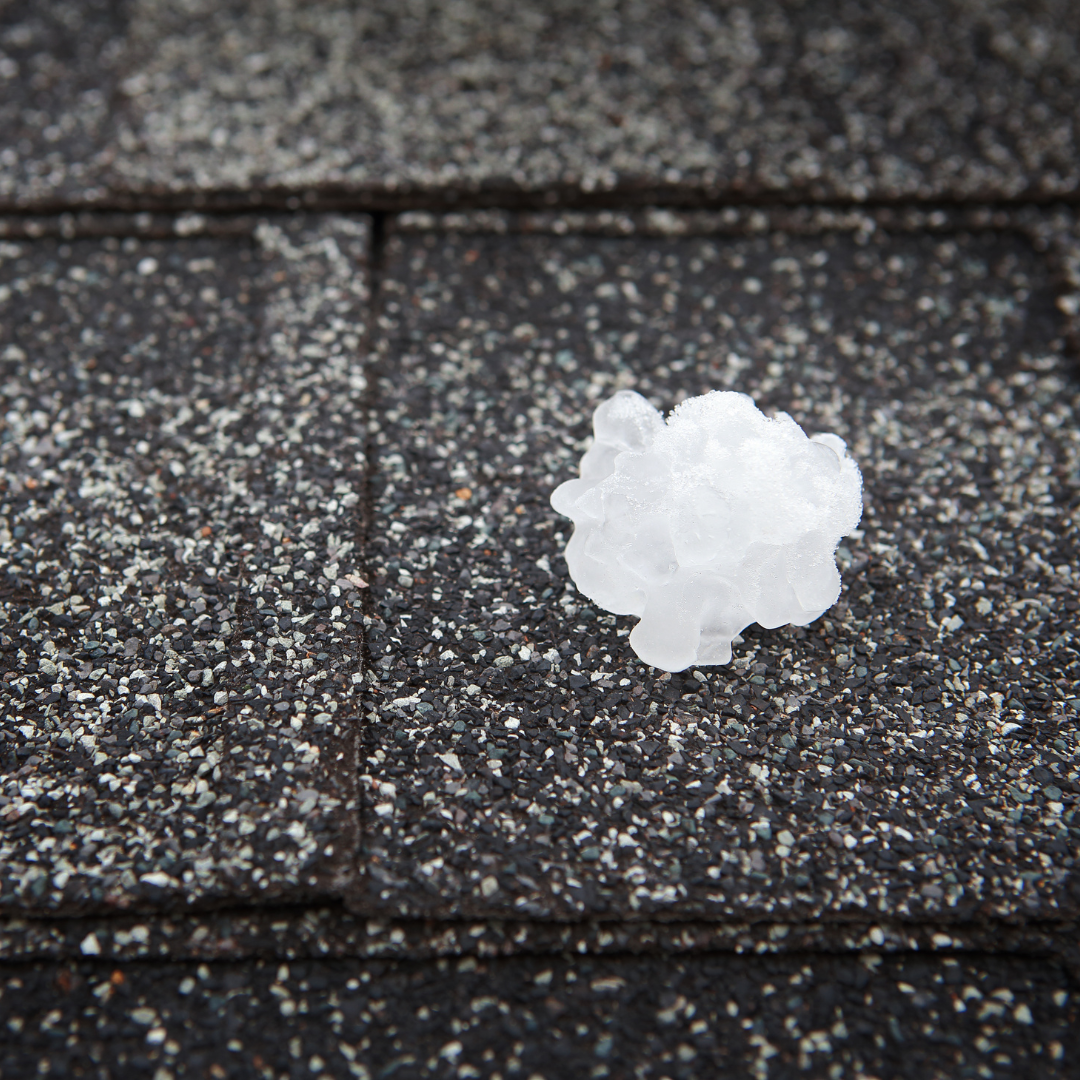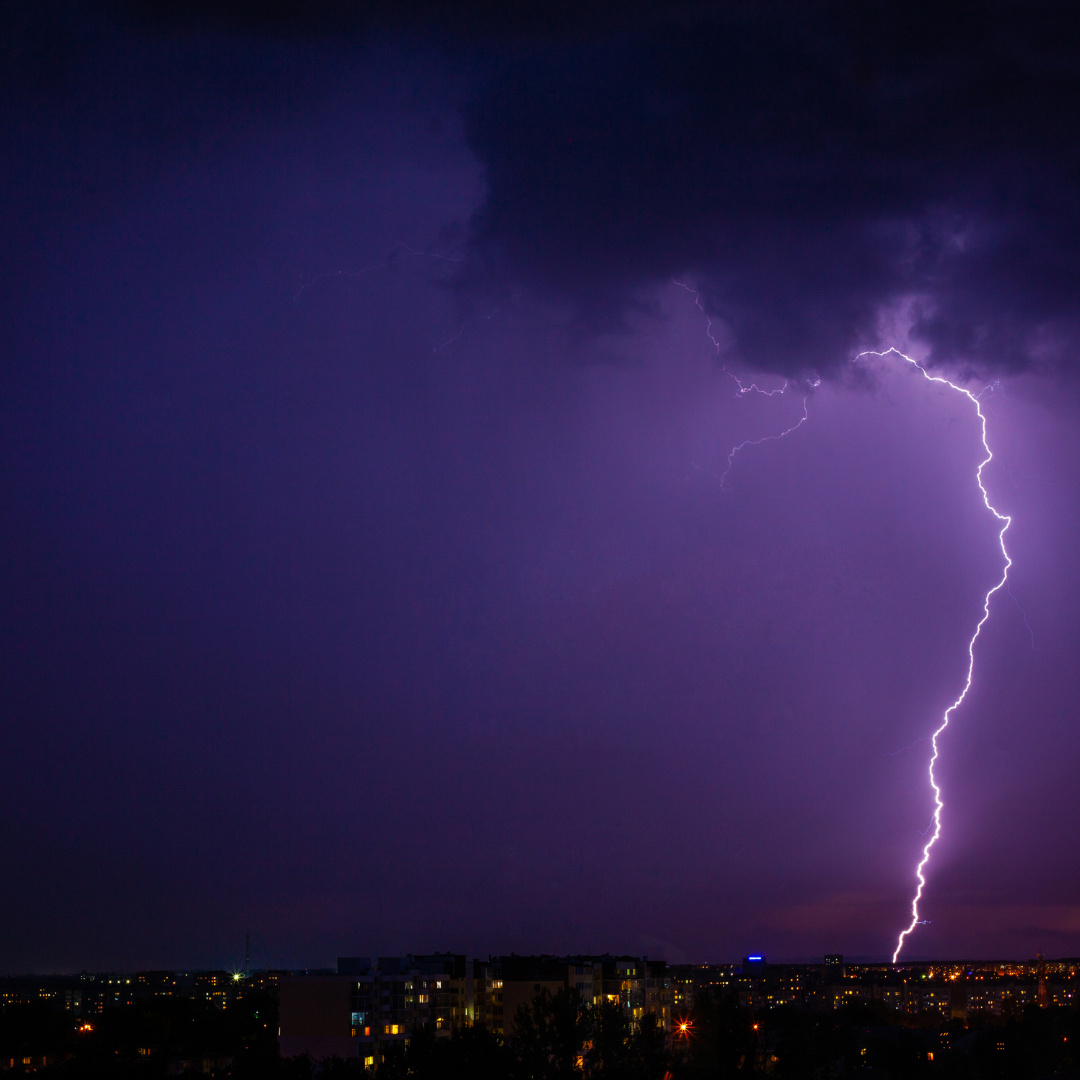Why Right Now Is the Best Time to Go Solar: Tariffs Are Coming, and Prices Are Rising
If you’ve been thinking about going solar, it’s time to stop thinking and start acting. New federal tariff changes are set to drive up the cost of solar panels, batteries, and installation materials—and the window to lock in pre-tariff pricing is quickly closing.
Let’s break down what’s happening, how it impacts homeowners in the Midwest, and why April 2025 is the smartest time to make the switch to solar.
What’s Happening with Tariffs?
On April 9, 2025, the White House officially implemented a sweeping tariff policy adjustment. Countries previously subject to varying rates will now face a universal 10% tariff, while China’s rate has skyrocketed to 125% under what the administration is calling “reciprocal tariffs.”
This directly affects the solar industry because, while many solar panels are assembled outside of China, a large portion of the materials used to make them—including aluminum frames, inverters, and key electrical components—are still sourced from China.
These tariffs are already creating ripple effects through the supply chain.
How Much Are Solar Prices Going Up?
While U.S. solar manufacturing has grown, it’s still dependent on imported materials. As a result, even American-made panels will see price increases due to tariff-related costs on sub-components.
Here’s what experts from Solar.com and other industry analysts are projecting:
- Solar Panels: Expected to rise 3–4 cents per watt
- Balance of System Costs: Will increase 2–3 cents per watt
- Battery Storage Systems (BESS): Face potential increases of 20–30%, and possibly more
To put that in perspective: for a typical 7 kW residential solar system, an increase of just 7 cents/watt could add nearly $500 to the cost of a system. For those planning to add a battery backup, the additional cost could reach into the thousands.
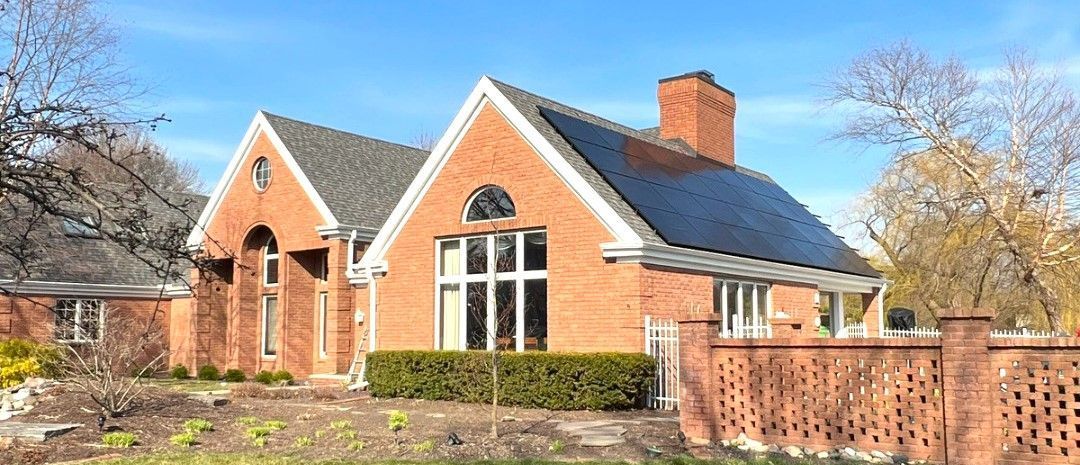
How Will This Affect Midwest Homeowners?
Here in the Midwest, we already deal with higher-than-average electricity rate increases compared to coastal states. The ability to generate your own power—and lock in predictable monthly energy costs—is one of the best ways to fight back against utility hikes.
But once tariff-driven price increases hit, it could take months or even years for prices to stabilize. Especially for homeowners in states like Missouri and Illinois, where solar incentives, rebates, and net metering policies make going solar particularly advantageous, delaying the switch means potentially missing out on thousands in savings.
Is There Still Time to Act?
Yes—but barely.
Solar.com and other national installation partners are reporting that contracts signed before May 1, 2025 may still qualify for pre-tariff pricing, thanks to equipment already in U.S. warehouses or in-transit shipments that are exempt from the new duties.
Once that inventory is gone, price increases will be fully passed on to consumers—and industry insiders are expecting that to happen quickly.
“We anticipate solar pricing to shift dramatically starting in May,” one solar.com certified contractor told the team this week.
Don’t Forget the Federal Solar Tax Credit
In addition to tariff concerns, there’s another financial incentive you shouldn’t overlook: the 30% Federal Solar Tax Credit. Right now, homeowners who install a qualifying solar system can deduct 30% of the total project cost from their federal taxes. That’s thousands in savings on top of the energy savings you’ll see each month.
However, this incentive won’t last forever. As part of the long-term policy roadmap, the tax credit is scheduled to decrease in the coming years—and there’s no guarantee it will be renewed in full beyond that.
The Bottom Line
There’s no sugarcoating it—solar equipment is about to get more expensive. Tariffs are being implemented, and prices are rising. But for a short time, you still have the opportunity to:
✅ Lock in lower pre-tariff pricing
✅ Take full advantage of the 30% tax credit
✅ Start saving on your energy bills immediately
✅ Secure your energy future with battery backup before prices spike
At SunSent Solar, we help homeowners across the Midwest understand their options, compare custom quotes, and make the switch to solar with confidence.
Ready to See How Much You Can Save?
Don’t wait until the tariffs take full effect. Let’s lock in your savings while inventory and incentives are still on your side.
Get started today with a personalized solar design from SunSent Solar. Call 636.757.3083 or fill out the form at SunSent.com.
